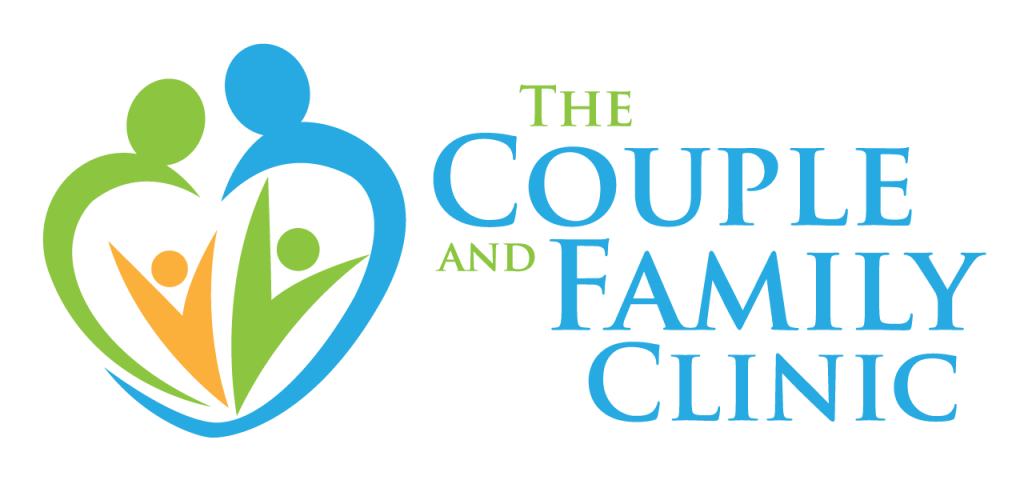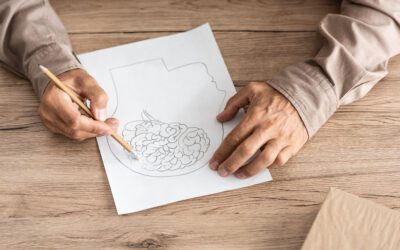Today marks the beginning of June, the summer heat well upon us here in the D.C. region. June is also PTSD (Post- Traumatic Stress Disorder) Awareness Month. The whole purpose of having an awareness month is to become more aware on the issue, and to help share and spread that awareness throughout the community. So, let’s start with a simple education on what PTSD is, as many people have heard the term, but are unfamiliar with the specific symptoms.
*Disclaimer: This article is not meant to be used in any way for an individual to self-diagnose. If you suspect that someone you know may meet some of the descriptions of PTSD or symptoms associated with PTSD, you may want to encourage that person to consult their primary care physician or a licensed mental health professional.*
**Those whose line of work increases the risk of traumatic exposure such as veterans, police, firefighters, first responders, emergency medical personnel, etc. show a higher rate of PTSD (American Psychiatric Association, 2013). If you know someone whose work fits this description, please share this article with them.**
What Does PTSD Mean Exactly?
P, for Post, means trauma symptoms develop after about 3 months (and many times even later than that) from when the traumatic event originally occurred; If symptoms show up right away, it’s quite possibly Acute Stress Disorder. T, for Trauma, means an individual experiencing (directly or witnessing) a life threatening event*. S, for Stress, means the nervous system is overwhelmed by any number of stressor(s). And D, for Disorder, means the classification in a medical book to assist health care professionals in accurately diagnosing and treating a medical condition.
In recent years, many in the community of mental health providers, those diagnosed with the disorder, and their families have debated over whether the PTSD name should be changed to PTSI (Post-Traumatic Stress Injury), or PTS (Post-Traumatic Stress). The idea being that dropping the “Disorder” would bring about less stigma, and therefore hopefully increase the likelihood that people would seek treatment. For more on this, I would suggest reading Bret Moore’s article What’s in a Name? The Debate over Post-Traumatic Stress Disorder.
This article refers to the disorder as PTSD, just as the Diagnostic and Statistical Manual of Mental Disorders or DSM 5 refers to it. For a neat article on the history of PTSD, in particular, the many names it went by over the ages, and references to this condition in historical text, check out From “Irritable Heart” to “Shellshocked”: How Post-Traumatic Stress Became a Disease.
To truly understand what PTSD is, we must first understand the T or Trauma. As Peter Levine says in his book Healing Trauma, “Trauma is the most avoided, ignored, denied, misunderstood, and untreated cause of human suffering.” Quite right. There are many people today with PTSD living their lives without treatment, or in some cases, their PTSD was misdiagnosed as ADHD, Depression, or Bi-Polar Disorder because PTSD symptoms overlap with other disorders. Likewise, folks get diagnosed with PTSD, when in fact, they really have a different diagnosis such as panic disorder or an adjustment disorder, again due to overlapping symptoms.
What Do the Experts Say About PTSD?
The essential feature of PTSD is the development of stress induced symptoms that tend to come on within 3 months after an individual has experienced a traumatic event. Sometimes symptoms can take years before they begin. A person must experience these symptoms for more than a month for a PTSD diagnosis to be considered. Many people use trauma as a buzzword, “It was traumatizing watching the Caps lose to the Penguins yet again.” But when we talk seriously about trauma, it’s important to note that all traumatic events are stressful, but not all stressful events are traumatic. In fact, the same event could be experienced as traumatizing to one person, and exhilarating to another – say for example, a roller coaster ride. When it comes to trauma, the key here is that the person *subjectively perceives an event to be life threatening and perceives that they have no control over dealing with the threat.
What “Counts” as a Traumatic Event?
Again, what could be traumatizing to one person could simply not be traumatizing to another. Sometimes events that are not so obvious can cause traumatic stress in an individual such as a minor auto accident, minor injuries from falling, being left alone (especially in young children), and even sudden loud noises. The more obvious list of traumatic events include:
- Exposure to war
- Major Auto accident
- Loss of a loved one
- Natural and man-made disasters
- Getting mugged
- Invasive medical procedures
- Childhood abuse
- Sexual violence
These stressful events can happen directly to us, or we can witness them happening to someone else. Either way, a person’s nervous system can be overwhelmed when in the presence of such stressors, and can result in the following…
Common Symptoms of Trauma
- Nightmares and night terrors
- Exaggerated startle response
- Reduced ability to deal with stressful situations
- Abrupt mood swings
- Hypervigilance (being on the lookout for threat at all times)
- Intrusive memories or flashbacks
- Shame/lack of self-worth
- and many others not listed here
What Causes Trauma Symptoms?
When a person experiences a potentially traumatizing event, the human body’s nervous system undergoes a tremendous surge of adrenaline. When that surge of energy is released (through deep breathing and shaking), the nervous system completes its cycle and symptoms do not appear. When the energy is not able to complete its cycle out of the body, it becomes stuck, and this stuck energy is the primary cause for these symptoms.
National Geographic has a video online showing a Polar Bear coming out of a state of shock, essentially releasing the stuck energy, after being chased by a research team of biologists in a helicopter. The bear was threatened, it attempted to escape, and got shot with a tranquilizer. You can watch the video and see how the bear trembles lightly at first, then more intensely, crescendoing to a peak of convulsing. Once it stops, the animal takes deep breaths to blow of the stress from the chase. When you slow the tape down, you can see that the shaking of the legs, were not random, but rather coordinated running movements. In essence, this bear was completing it’s escape.
Watch the video here [1:01 shows the “thawing of the freeze response”]
It’s not exactly clear why some people’s nervous systems complete this cycle, while others develop stress related disorders. Responses to threatening events depend on genetic make-up, a person’s history of past traumatic experiences, and even his or her family dynamic. My hope is that this article helps to shed light on understanding the body’s nervous system and how it deals with stressful events. If you’d like to learn more about what symptoms to look out for, risk factors, and treatment options for PTSD I recommend visiting the National Institute of Mental Health’s page on Post-Traumatic Stress Disorder. Most importantly, let’s all work together this month to spread awareness of PTSD, help others understand it better, and as a result, help to erase the negative stigma surrounding this medical condition.
Robin S. Smith, MS, LCMFT is a Licensed Marriage and Family Therapist in clinical practice in Bethesda MD, and specializes in relationship issues for couples, families, and individuals, for improved quality of life. His clinical specialties include: transition to parenthood for new and expecting parents, infidelity, sex and intimacy issues, premarital counseling, and trauma. Robin has given talks to various groups including hospital administrators, graduate students, therapists, and child birth educators. He is the primary contributor to The Couple and Family Clinic Blog.

Robin S. Smith, MS, LCMFT is a Licensed Marriage and Family Therapist in clinical practice in Bethesda MD. As an MFT, he specializes in relationship issues for couples, families, and individuals, for improved quality of life. His areas of expertise include: transition to parenthood for new and expecting parents, infidelity, sex and intimacy issues, premarital counseling, and trauma. Robin has given talks to various groups including hospital administrators, graduate students, fellow psychotherapists, and child birth educators. He is the primary contributor to The Couple and Family Clinic Blog.



